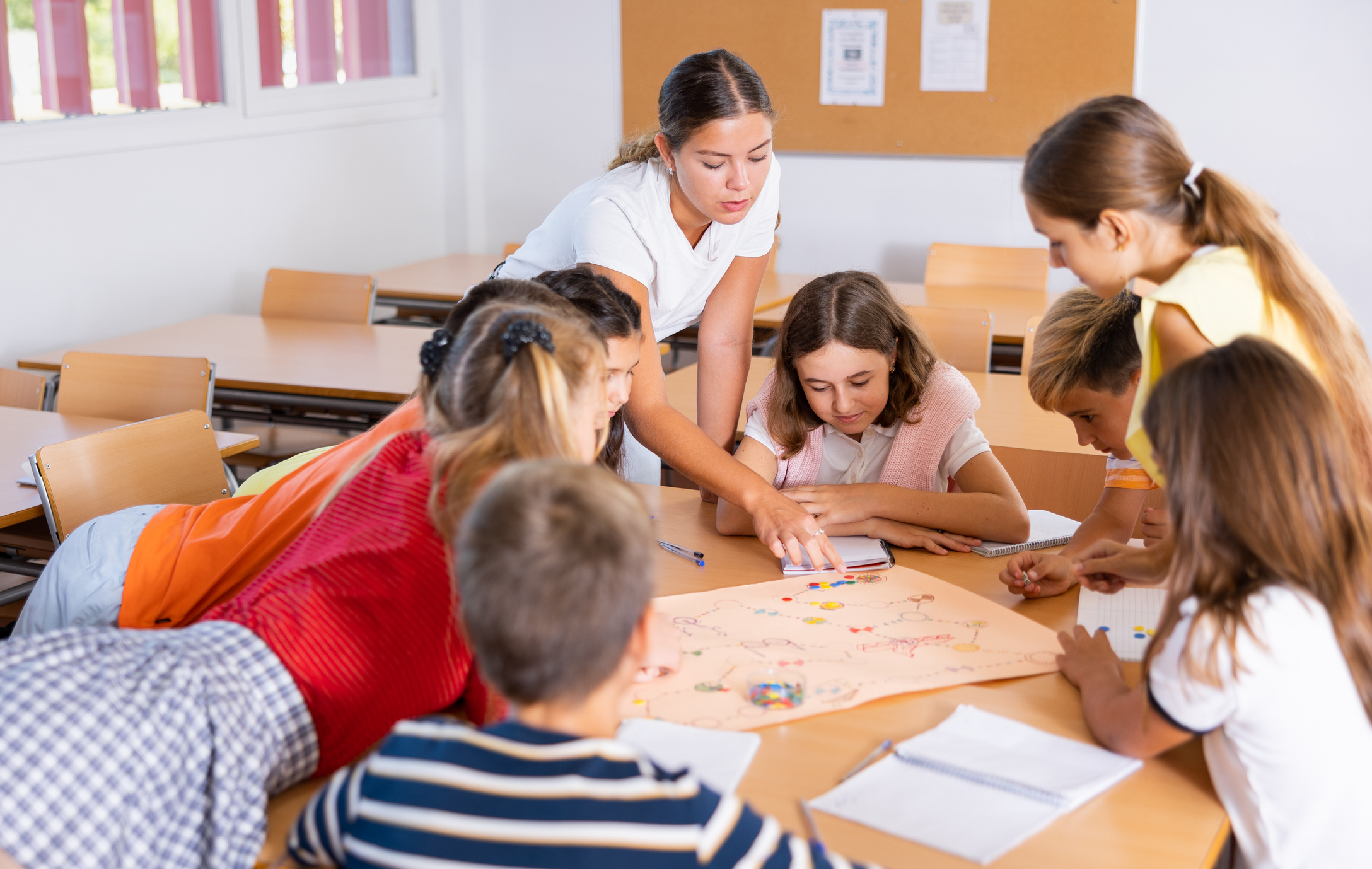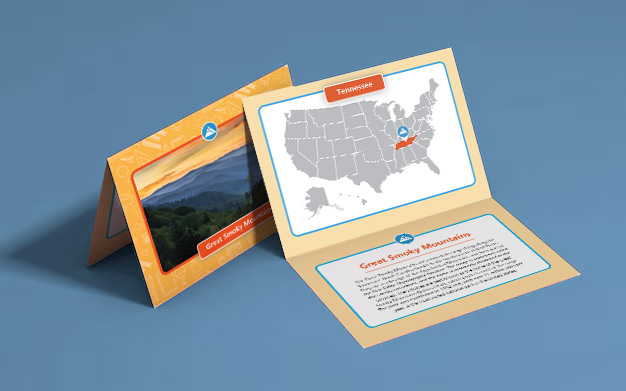
Social studies classrooms are the perfect place to incorporate hands-on and game-based learning to emphasize key place-based learning themes. Think about how the Oregon Trail game or Where in the World is Carmen San Diego? revolutionized how students were able to interact with and see the world! When students draw on maps, use globes to see the world, or play games to enhance their understanding, learning immediately becomes fun and concepts tangible. Students can experience and learn about the world in a way that is interactive, which helps them to retain geography and history terms better than just memorizing them.
To incorporate a hands-on approach and make your own classroom come alive, Social Studies School Service has developed a “Where Is It?” game for your students to learn key geographical landmarks and historical events in a fun way! Downloadable and easy-to print, this game helps students explore the physical geography and historical events of the world together. Teachers can use this activity in small-groups (2-6 students) or as a whole-class where students are assigned cards individually. Read on to learn more about the importance of place-based learning and how to download and use the game in your own classroom!
Key Features of Place-Based Learning
Place-based learning uses geographic landmarks and historical events as a starting point for teaching concepts across various subjects. This method emphasizes hands-on, experiential learning where students engage directly with their surroundings, whether it’s the natural environment, local history, culture, or the community’s social issues.
- Local Context: The curriculum is designed around the unique characteristics of the world, making learning more relevant and meaningful to students.
- Experiential Learning: Students participate in real-world, hands-on activities. In this case, the board game provides the foundation for experiential learning.
- Interdisciplinary Approach: Subjects like science, history, geography, and culture are integrated and taught through the lens of world geography.
- Student-Centered: Students are encouraged to explore their interests and take an active role in their learning process, fostering a deeper connection to the material.
This learning aims to create a deeper connection between students and their understanding of the world, fostering a sense of geographic and historical knowledge. This classroom game aims to activate prior knowledge and help students develop additional geographic and historical literacy skills.

The “Where Is It?” Game
Description: The “Where Is It” game is an engaging, educational board game designed to help students explore and understand geography and historical events through immersive gameplay. This adventure takes players on a journey across the diverse terrains and regions of the world, testing their knowledge of physical geography, cultural landmarks, and historical events.
Gameplay: Players begin by laying out the provided world map game board or any world maps that you have available. Teachers can adapt this to a whole-class activity by projecting the digital game board map onto a white board. The cards are laid out and players draw cards one at a time. The players must decide where the card location is on the map, and then mark it on the map with an erasable marker. All players must agree where to place the card before marking the map. The player with the card then reads the description on the back and asks the other players if the location identified was correct. Correct the card if needed. Repeat this rotating other players until all cards have been placed.
The game is rich with educational content:
- Geographic and Historical Literacy: Players encounter cards that engage their critical thinking related to geography and historical events. Whether working individually or in teams, players must determine where the card should be placed on the map based on the description.
- Cultural Information: Cards also include cultural significance of the landmark or the historical event. Students may learn more information about customs, languages, and historical sites, enhancing their cultural literacy.
- Prior Knowledge Activation: Students must activate their prior knowledge about geography and history to play this game. Players also need to problem-solve and make decisions about where to place the location cards on the map.
Educational Benefits:
- Place-Based Learning Skills: Students learn about different geographic regions, landmarks, and historical events, the physical geographic features, and cultural significance.
- Critical Thinking: The game encourages geographic literacy and decision-making.
- Collaborative Learning: Players can work in teams, promoting teamwork and communication.
Perfect for classroom use, the “Where Is It?” game offers a fun and dynamic way for students to deepen their understanding of geography and history while developing critical thinking and collaboration skills.
Download everything you need to start using the game in your classroom:
Enhance student learning with digital hands-on geography activities
Try a free 30-day trial of Nystrom World today
This blog was written as a collaborative effort by the team at Social Studies School Service. It has been edited for clarity and length.
